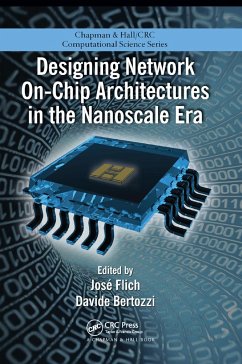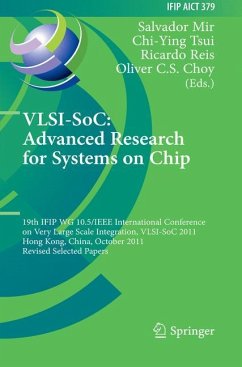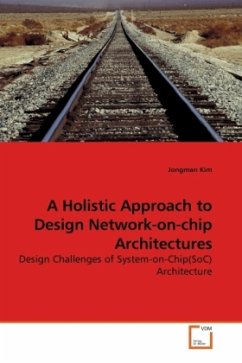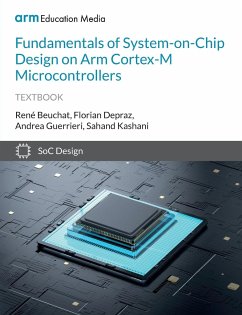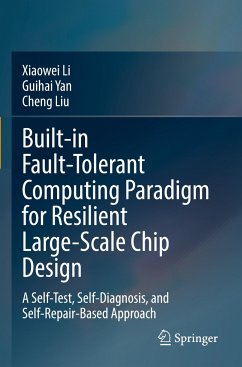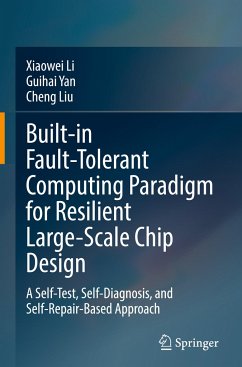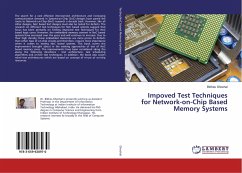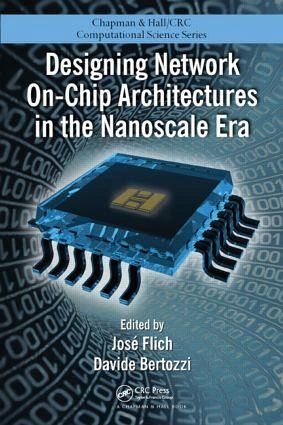
Designing Network On-Chip Architectures in the Nanoscale Era

PAYBACK Punkte
81 °P sammeln!
"Paving the way for the use of network on-chip architectures in 2015 platforms, this book presents the industrial requirements for such long-term platforms as well as the main research findings for technology-aware architecture design. It covers homogeneous design techniques and guidelines, including the solutions that are most appealing to the industry and best suited to meet the requirements of on-chip integration. Each chapter deals with a specific key architecture design, including fault tolerant design, topology selection, dynamic voltage and frequency scaling, synchronization, network on-chip resources exposed to the architecture, routing algorithms, and collective communication"--
Going beyond isolated research ideas and design experiences, Designing Network On-Chip Architectures in the Nanoscale Era covers the foundations and design methods of network on-chip (NoC) technology. The contributors draw on their own lessons learned to provide strong practical guidance on various design issues. Exploring the design process of the network, the first part of the book focuses on basic aspects of switch architecture and design, topology selection, and routing implementation. In the second part, contributors discuss their experiences in the industry, offering a roadmap to recent products. They describe Tilera's TILE family of multicore processors, novel Intel products and research prototypes, and the TRIPS operand network (OPN). The last part reveals state-of-the-art solutions to hardware-related issues and explains how to efficiently implement the programming model at the network interface. In the appendix, the microarchitectural details of two switch architectures targeting multiprocessor system-on-chips (MPSoCs) and chip multiprocessors (CMPs) can be used as an experimental platform for running tests. A stepping stone to the evolution of future chip architectures, this volume provides a how-to guide for designers of current NoCs as well as designers involved with 2015 computing platforms. It cohesively brings together fundamental design issues, alternative design paradigms and techniques, and the main design tradeoffs-consistently focusing on topics most pertinent to real-world NoC designers.




